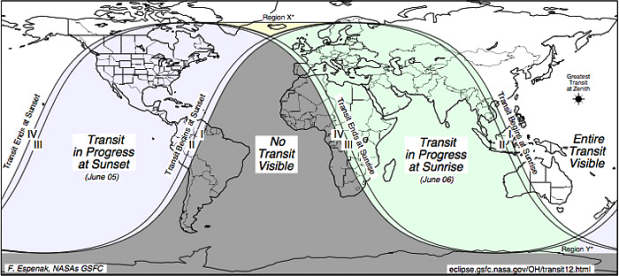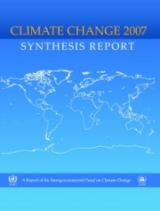Mexico’s future is largely dependent on the quality of future citizens and consequently on the quality of its current education system. The Mexican economy has done quite well in recent years because it has a productive work force that is willing to work for relatively reasonable wages. While China previously had a workforce productivity advantage over Mexico, that advantage has essentially vanished. Therefore, many companies are moving their manufacturing operations from China to Mexico.
The Programme for International Student Assessment (PISA), coordinated by the OECD, evaluates national education systems every three years by testing 15-year-olds in reading, mathematics and science. The most recent assessment in 2009 investigated students in 65 countries, including the mostly high income 34 OECD countries. (The 2012 results will be released in December 2013).
In 2009, the following countries ranked in the top ten in all three categories (reading, mathematics and science):
- China: Shanghai (PISA divides China into several sub-national regions)
- South Korea
- Finland
- Hong Kong
- Singapore
- Canada
- Japan
How do Mexican 15-year-olds stack up against students from these other countries?
Within this group, the Mexican students ranked 48th in reading with a score 425. This placed Mexico behind the USA (17th, 500), Turkey (41st, 464), Russia (43rd, 459) and Chile (44th, 449); but ahead of Colombia (52nd, 413), Brazil (53rd, 412), Indonesia (57th, 402), Argentina (58th, 398) and Peru (63rd, 370). We mention the ranking and score of the USA because there has been considerable information published recently about the mediocre quality of its education system. While Mexico’s ranking and score is way behind that of the USA and closer to the bottom of this 65 country sample, it is not really so bad. It is better than that of most other Latin American countries. On the other hand it could and should be better.
The Mexican students did not do quite as well in mathematics. They ranked 50th with a score of 419. This placed them significantly behind the USA (31st, 487) and Russia (38th, 468). Mexico was also below Turkey (43rd, 445) and just behind Chile (49th, 421). As with reading they were ahead of Argentina (55th, 388), Brazil (57th, 386), Colombia (58th, 381), Indonesia (61st, 371) and Peru (64th, 360). Only one country was below Peru, namely Kyrgyzstan (65th, 331). It is important to remember that this sample includes mostly European countries, only one African country, Tunisia; no South Asian Countries, and only two Middle Eastern countries, Israel and Dubai. Mexico would look considerably better if it were compared with all countries in the world.
Mexico did about as well in science as they did in mathematics. They ranked 50th with a score 416. This placed them far behind the USA (23rd, 502) and Russia (39th, 478) and a ways below Turkey (43rd, 454) Chile (44th, 447). As with reading they were ahead of Brazil (53rdh, 405), Colombia (54th, 402), Argentina (56th, 401), Indonesia (60st, 383) and Peru (64th, 369). The data suggest that the scores for each country on reading, mathematics and science are pretty much the same within each country. In other words, the scores on any one of these disciplines tend to be a rather good measure of the overall quality of the education system.
If Mexico is going to compete in the globalized world economy, it must continue to improve its education system. Recent efforts have accomplished a great deal, raising the average amount of schooling of its citizens to 8.6 years. Future efforts should focus as much attention on improving the quality of education.
Related posts:
- The Gender Gap in Mexico in 2012 (Nov 2012)
- The rapid expansion of literacy and education in Mexico (Nov 2011)
- Cultural diffusion: Thousands of students in Mexico receive classes by TV (Oct 2011)
- Update on Mexico and the UN Millennium Development Goals (MDGs) (Sep 2011)
- Mexico’s changing society: the phenomenon of “los ninis” (Aug 2011)
- Are Mexican females overtaking males in literacy? (May 2011)
- 2010 Census data show a significant improvement in Mexican education (Apr 2011)

